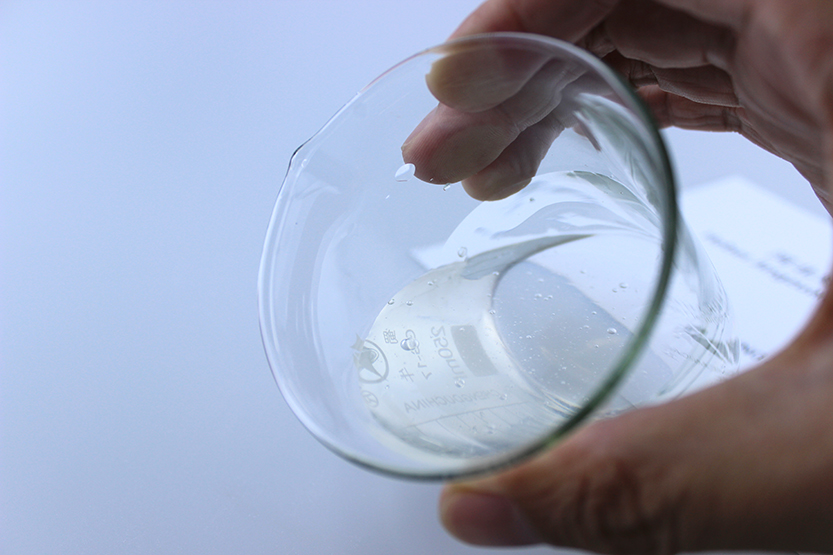
Nov . 11, 2024 17:23 Back to list
hpmc hs code
Understanding HPMC and Its HS Code
Hydroxypropyl Methylcellulose (HPMC) is a versatile polymer widely used across various industries, including pharmaceuticals, food, construction, and cosmetics. As a non-ionic, water-soluble cellulose ether, HPMC is prized for its properties such as thickening, emulsifying, and film-forming abilities. This article aims to delve into the characteristics and applications of HPMC while addressing its Harmonized System (HS) code, which plays a critical role in international trade.
What is HPMC?
HPMC is a modified form of cellulose, which is derived from natural cellulose material through a series of chemical processes involving propylene oxide and methyl chloride. The result is a white, odorless powder that dissolves easily in water, forming a clear, viscous solution. This solubility and its ability to modify the properties of aqueous solutions make HPMC an essential ingredient in a variety of formulations.
One of the most significant advantages of HPMC is its compatibility with different types of formulations. In the pharmaceutical industry, HPMC is extensively used as a binder and a release agent in tablet formulations, helping to control the release speed of active ingredients. In the construction sector, it acts as a thickening agent in cement-based products, improving their workability and adhesion.
Applications of HPMC
1. Pharmaceuticals HPMC is commonly used in the production of controlled-release formulations, where it helps manage the dissolution rate of drugs. It is also employed in the creation of hydrophilic matrix systems, which allow for a steady release of medication over time.
2. Food Industry In food processing, HPMC serves as a thickener, stabilizer, and fat replacer. It is used in products like sauces, salad dressings, and ice creams, providing a desirable texture while maintaining a low-calorie count.
hpmc hs code

3. Construction HPMC is a critical additive in the formulation of dry-mix mortars and plasters. It enhances the water retention properties, allowing for longer working times and better adhesion to surfaces.
4. Cosmetics and Personal Care In the cosmetics industry, HPMC is found in creams, lotions, and shampoos, where it functions as a thickening and gelling agent, improving product consistency and stability.
5. Agriculture HPMC has found applications in agrochemical formulations, where it acts as a dispersing agent, improving the stability and effectiveness of pesticides and herbicides.
HS Code for HPMC
The Harmonized System (HS) is an internationally standardized system of names and numbers to classify traded products. The HS code for HPMC falls under the category of chemical products, specifically in the heading related to Polymers of cellulose. The code for Hydroxypropyl Methylcellulose is typically classified under the HS Code 3912.20.
Understanding the correct HS code for HPMC is vital for manufacturers and traders involved in international commerce. This classification affects tariffs, trade regulations, and statistical data collection. Misclassification can lead to delays in shipments, unexpected duties, or even penalties.
Conclusion
In summary, Hydroxypropyl Methylcellulose (HPMC) is a crucial ingredient in a myriad of applications ranging from pharmaceuticals to food and construction. Its unique properties make it indispensable for product formulation across these diverse sectors. As global trade continues to expand, understanding HPMC's HS code is essential for compliance and efficient trade practices. This understanding not only facilitates smoother transactions but also ensures that businesses can operate with a clear awareness of the regulations governing their products. As industries evolve and adapt, the relevance of HPMC and its proper classification will continue to play a significant role in enhancing product performance and market accessibility.
-
Versatile Hpmc Uses in Different Industries
NewsJun.19,2025
-
Redispersible Powder's Role in Enhancing Durability of Construction Products
NewsJun.19,2025
-
Hydroxyethyl Cellulose Applications Driving Green Industrial Processes
NewsJun.19,2025
-
Exploring Different Redispersible Polymer Powder
NewsJun.19,2025
-
Choosing the Right Mortar Bonding Agent
NewsJun.19,2025
-
Applications and Significance of China Hpmc in Modern Industries
NewsJun.19,2025







